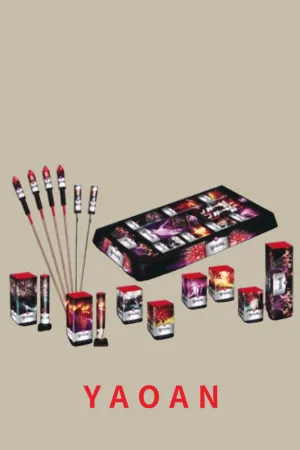The moment the first shell whistles into the sky, commanding the gaze of thousands, is a moment of pure, shared human experience. Fireworks—those bursts of engineered beauty—are far more than just noise and light; they represent a convergence of ancient history, applied chemistry, and cultural ceremony that spans continents and centuries. This enduring art form, technically known as pyrotechnics, serves as a dazzling underscore for humanity’s most significant celebrations.
The Deep Historical Roots of Gunpowder and Glory
To understand the spectacle of fireworks, we must begin with their foundational component: black powder, often simply called gunpowder. This mixture of potassium nitrate (saltpeter), charcoal, and sulfur was famously developed in China over a millennium ago. Contrary to common Western narratives that focus solely on its use in weaponry, its initial applications were often celebratory and spiritual. Early Chinese cultures used simple firecrackers—bamboo stalks heated until they exploded—to scare away malevolent spirits, a tradition that evolved with the discovery of black powder to become central to festivals like the Lunar New Year.
The formula for black powder travelled along trade and conquest routes, reaching the Middle East and Europe by the 13th century. While European powers quickly harnessed its military potential, it was Italian masters during the Renaissance who elevated pyrotechnics to an art form. They were the first to experiment seriously with altering the composition to achieve specific colors and effects, transforming a simple bang into a carefully choreographed visual masterpiece.
The Chemistry of Color and Consequence
The sheer variety of colors that rain down from the sky is a testament to meticulous chemical engineering. The vibrant hues are created by combining black powder with specific metal salts, known as colorants, packed into small units called stars.
| Color | Metal Salt Compound |
| Red | Strontium Salts (e.g., Strontium Carbonate) |
| Blue | Copper Salts (e.g., Copper Acetoarsenite) |
| Green | Barium Salts (e.g., Barium Nitrate) |
| Yellow/Orange | Sodium Salts (e.g., Sodium Nitrate) |
When the firework shell is launched—propelled by a lifting charge—and the internal bursting charge ignites, the intense heat vaporizes the metal atoms in the stars. This thermal energy excites the electrons in the metal atoms, causing them to jump to higher energy levels. As these electrons fall back to their original state, they release the excess energy as photons of light, each metal emitting a unique wavelength that corresponds to its signature color.
The dazzling shapes, from the spherical peony to the trailing willow, are achieved by the precise arrangement of the stars inside the shell before launch. Every component is calculated: the delay of the fuse, the power of the lift, and the layout of the stars, ensuring the effect ignites at the perfect altitude.
Global Significance and Shared Experience
The universal appeal of fireworks lies in their ability to mark profound moments of transition and collective joy.
- New Year Celebrations: Whether it's the Chinese Lunar New Year ushering in prosperity or the global countdown on December 31st, fireworks symbolize a fresh start and the turning of the calendar.
- National Holidays: Events like the Fourth of July in the United States, Guy Fawkes Night in the United Kingdom, and Canada Day all use pyrotechnics as a powerful, resounding affirmation of national identity and historical memory.
- Cultural Festivals: During Diwali, the Hindu festival of lights, displays are used as a physical representation of the victory of light over darkness and knowledge over ignorance.
In these moments, the collective gasp from the crowd, the shared tilt of the head, and the powerful percussive sound create a momentary unity. It is a spectacular reminder of shared humanity, a tradition that began with simple fire-worship and has blossomed into a global demonstration of art, science, and the sheer delight of a sky set ablaze. The transient nature of the display—a brilliant flash that fades to smoke—only enhances its value, cementing the memory in the minds of the onlookers until the next grand occasion calls for the sky to ignite once more.
Would you like to refine a specific section of this blog post, or perhaps have me generate an image to accompany it?

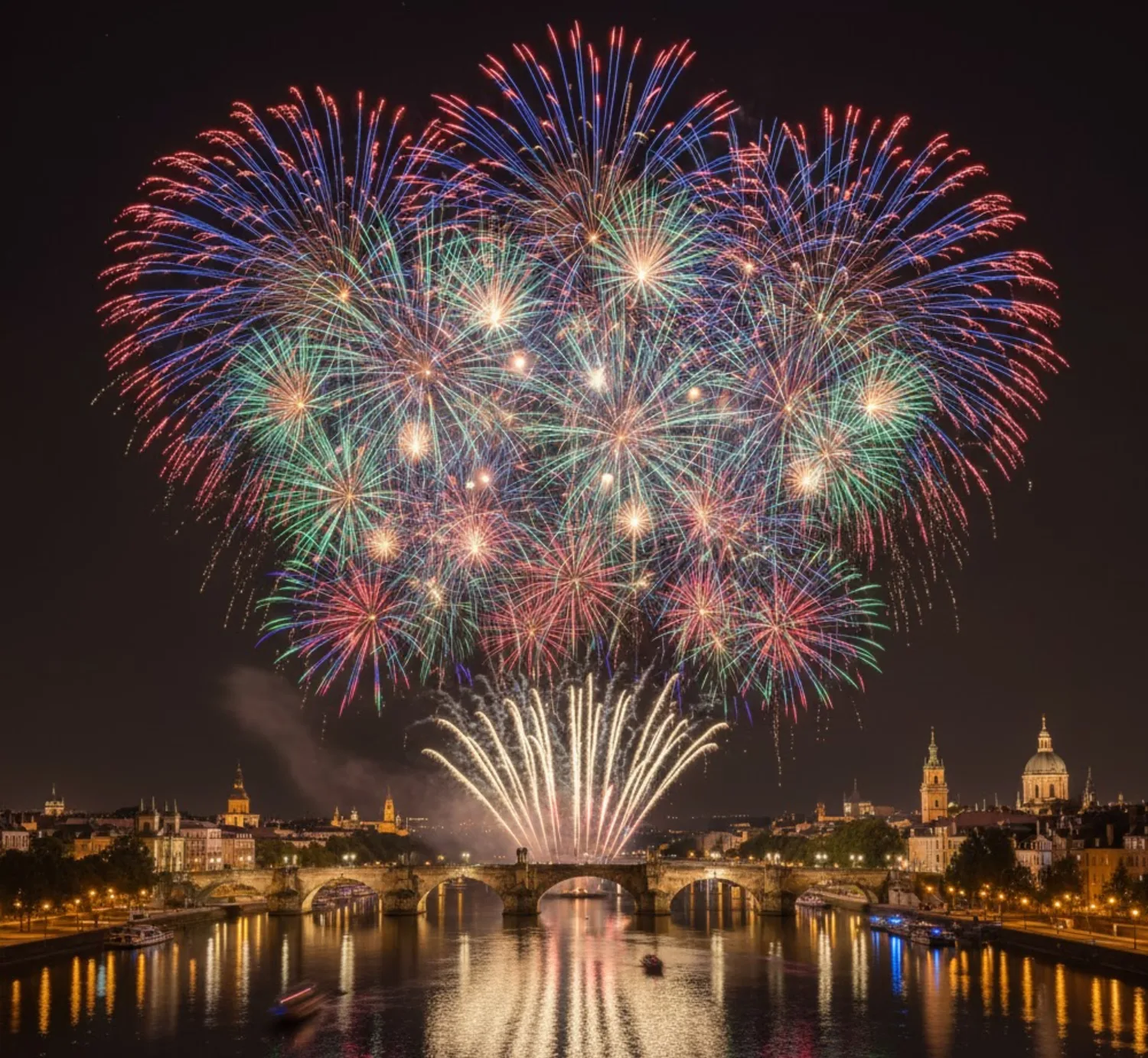
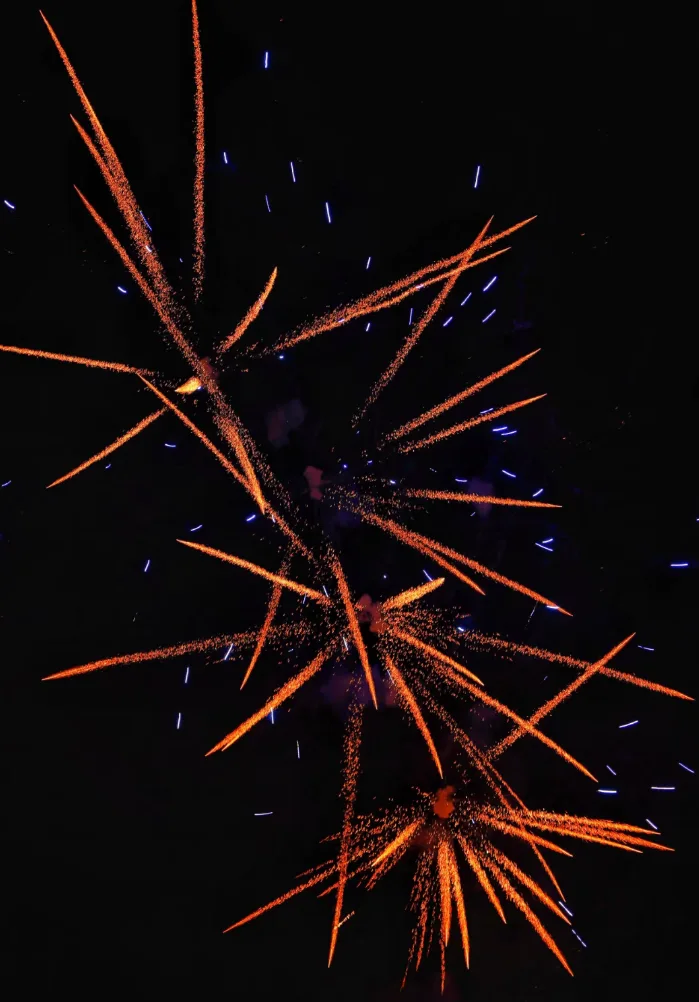
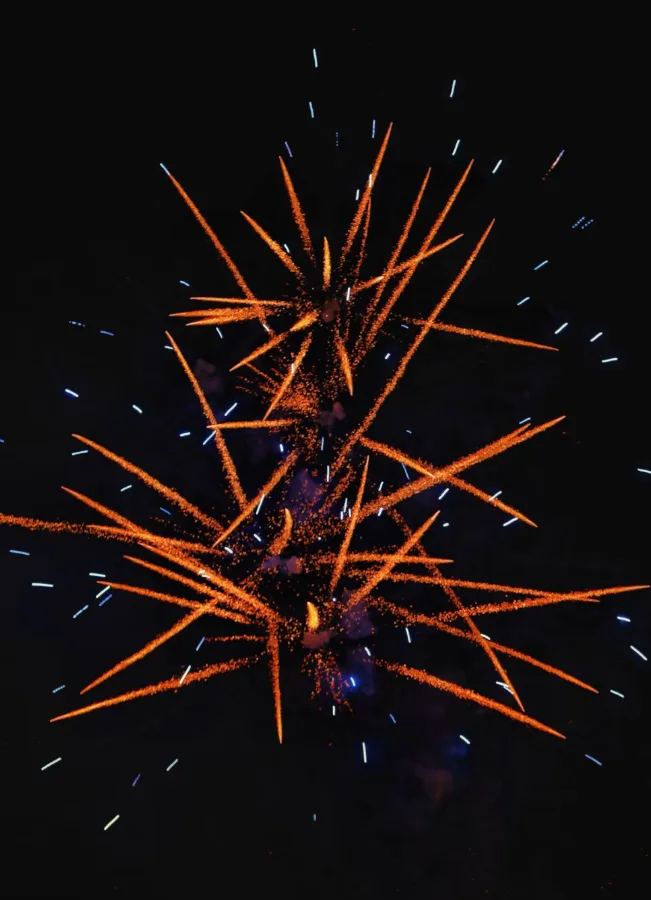
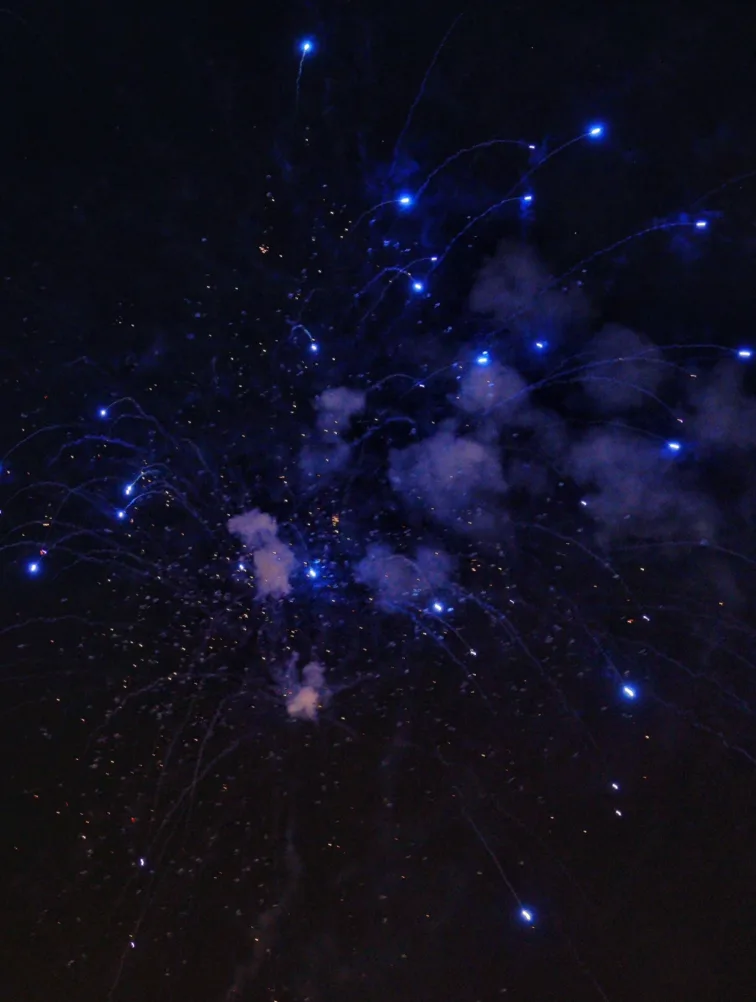
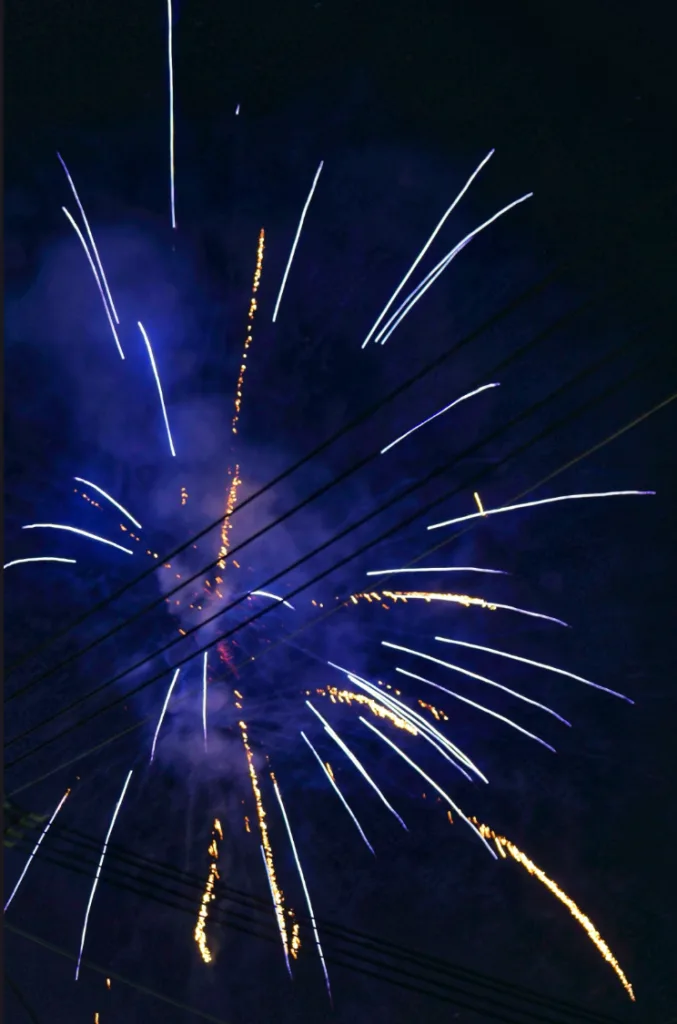
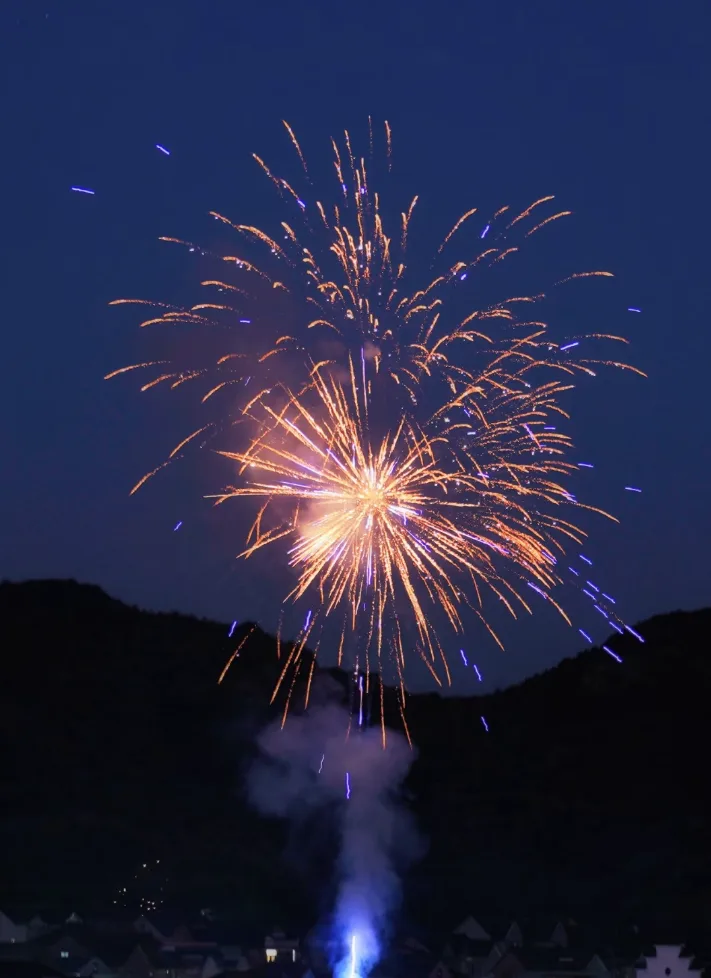

![💰 Unbeatable Value Price! Tired of mixing and matching? We've pre-designed a spectacular fireworks display from the ground up! This incredible value kit packs a total of 36 premium fireworks, offering maximum variety and stunning effects. Secure the most dazzling night for the most affordable price! 🎇 Kit Highlights: Layered Excitement (36 Pcs/Set) 🎇 🚀 Aerial Kings: Sky-High Spectacle 8 Rockets: The classic show-starters, soaring with a whistle to burst into huge floral breaks high above. 1 Cake: A single fuse unleashes a rapid, multi-shot sequence, delivering a mini-finale experience. 8 Large Dual-Effect Aerials: Powerful lift with two distinct breaks in the sky, providing deep, layered visual impact. 10 Small Dual-Effect Aerials: Compact and punchy, adding intense, colorful concentration to the middle layer of the sky. 🔥 Mid-Level Barrage: Speed and Intensity 4 Gatling/Roman Candles: Rapid, consecutive shots of colorful fireballs, creating a dynamic "machine gun" effect in the mid-air. ✨ Ground Essentials: Foundation for Fantasy 5 Fountains/Ground Spinners: Safe, beautiful effects that spray gold and silver showers and sparks, setting a dreamy foundation for the show. ⭐ Why Choose [The Annual Value Feast]? King of Value: Hand-picked, high-rated firework types bundled at a special package price, significantly lower than buying individual items. Rich Variety: Perfectly combines Ground, Mid-level, and High-altitude effects, transforming a simple light show into a professional-grade layered spectacle. Simple Setup: All products are clearly labeled, making it easy for both beginners and seasoned enthusiasts to light up their grand celebration! Limited stock available! Grab yours now to enjoy the biggest bang for your buck!](https://www.yaoanjituan.com/wp-content/uploads/2025/10/1760435668-微信图片_20251014175001-300x450.webp)

